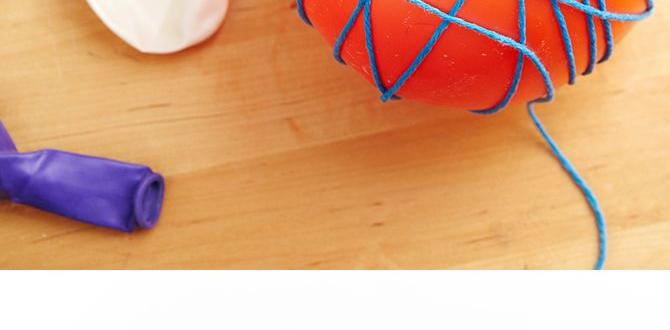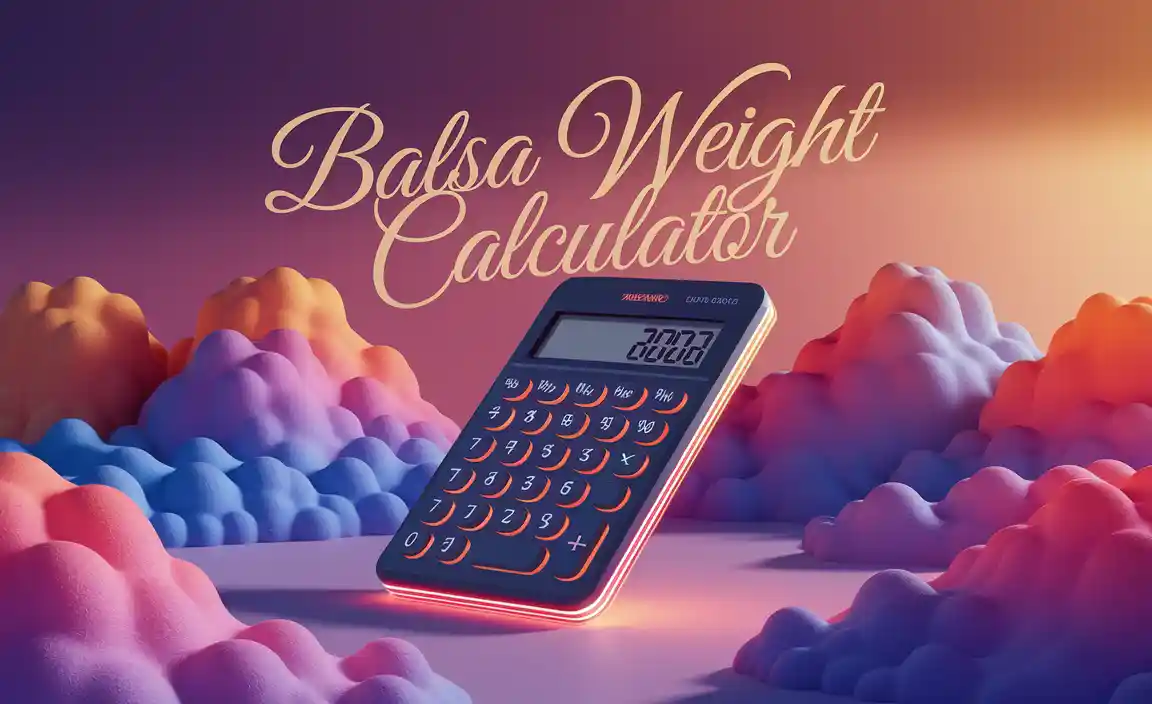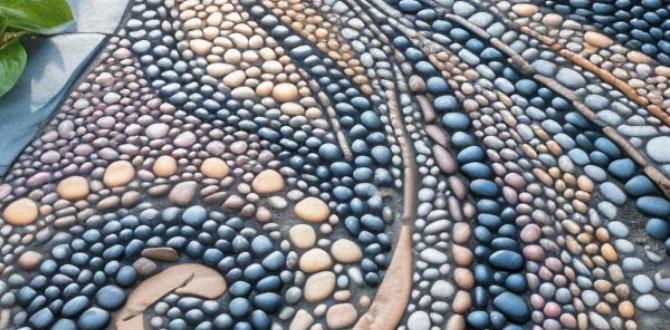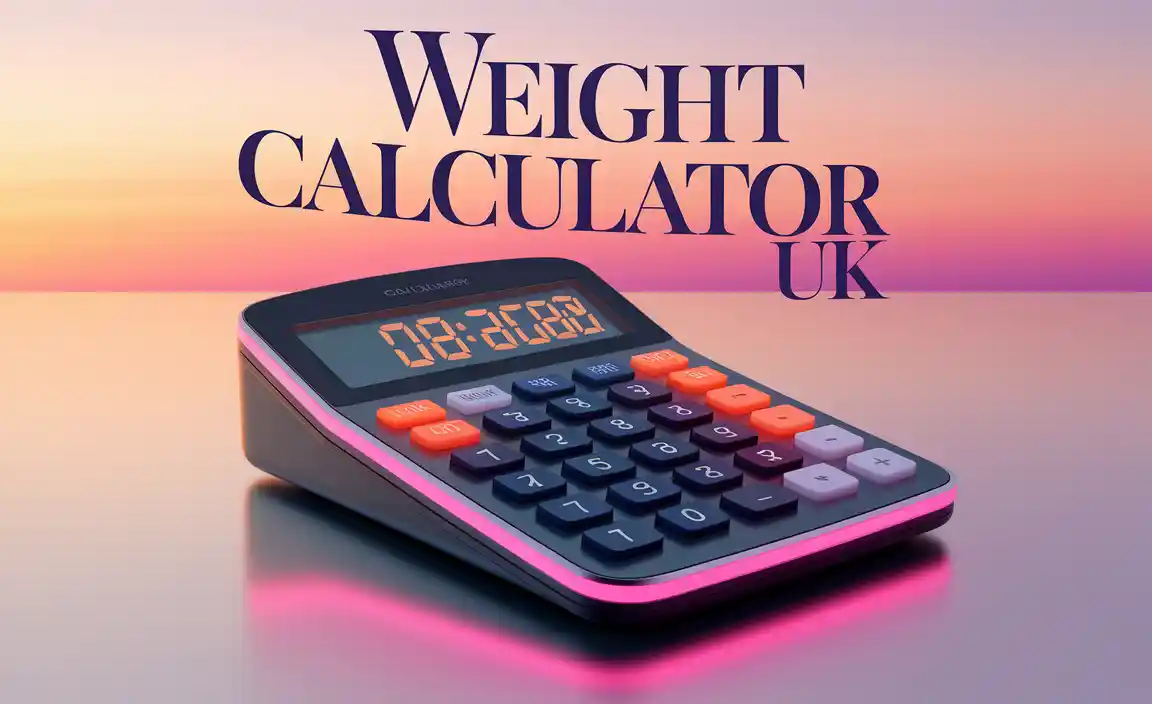Have you ever dreamed of playing basketball right in your backyard? Imagine shooting hoops with friends or family whenever you want. Building your own DIY basketball court can make that dream come true!
You might think a basketball court is too hard to make. But it’s easier than you think. With the right tips, you can score big and create a space for fun. Did you know many pros got their start on homemade courts? That’s right! They learned skills from their own backyards.
In this article, we will explore some great tips to help you. Whether you have a big yard or a small space, there’s a way to make it work. Ready to take your game to the next level? Let’s jump in and get started!
Table of Contents
Diy Basketball Court: Score Big With These Tips! Creating Your Own Basketball Court Can Be An Exciting Project That Not Only Enhances Your Backyard But Also Provides Endless Fun And Exercise. Whether You’Re A Casual Player Or A Basketball Enthusiast, Having A Diy Basketball Court At Home Can Be A Game-Changer. Here Are Some Valuable Tips To Help You Design And Build The Perfect Diy Basketball Court. 1. Choosing The Right Location Select A Flat, Open Area In Your Backyard. Make Sure There Is Enough Space Not Only For The Court Itself But Also For A Buffer Zone Around It. Consider Any Local Zoning Regulations Or Property Lines As Well. 2. Designing The Court A Standard Basketball Court Is 94 Feet Long By 50 Feet Wide For Professional Play, But You Can Adjust The Size Based On Your Available Space. Draw A Layout That Includes The Three-Point Line, Free-Throw Line, And The Paint Area. Using Chalk Or Spray Paint Can Help Visualize The Dimensions Before Committing To Building. 3. Selecting Materials For A Diy Basketball Court, You Can Use Asphalt Or Concrete For A Sturdy Foundation. If You Want A More Cushioned Surface, Consider Interlocking Tiles Or Modular Flooring Designed For Outdoor Courts. Ensure The Materials Are Durable And Weather Resistant. 4. Installing The Hoop Invest In A Quality Basketball Hoop System That Suits Your Budget And Aesthetic Preferences. In-Ground Hoops Generally Offer More Stability, But Portable Hoops Have The Advantage Of Flexibility. Ensure That The Height Is Set To The Standard 10 Feet. 5. Painting The Court Lines Use A Stencil Or Painter’S Tape To Create The Court Lines For A Professional Look. Traffic Paint Is Commonly Used, As It’S Both Weather-Resistant And Durable. Be Sure To Allow Adequate Drying Time Before Playing To Avoid Smudging. 6. Adding Finishing Touches Consider Adding Features Like A Scoreboard, Seating Areas, Or Even Lights For Night Play. Landscaping Around The Court Can Help Integrate It Into Your Backyard Aesthetically. 7. Maintenance Regular Maintenance Is Key To Keeping Your Court In Good Shape. This Includes Cleaning Debris, Checking For Cracks In The Surface, And Ensuring The Hoop Is Secure. Conclusion With Careful Planning And Execution, Creating A Diy Basketball Court Can Provide You With A Personal Space For Practice, Games With Friends, And Family Fun. Score Big By Following These Tips And Transform Your Home Into A Basketball Paradise.
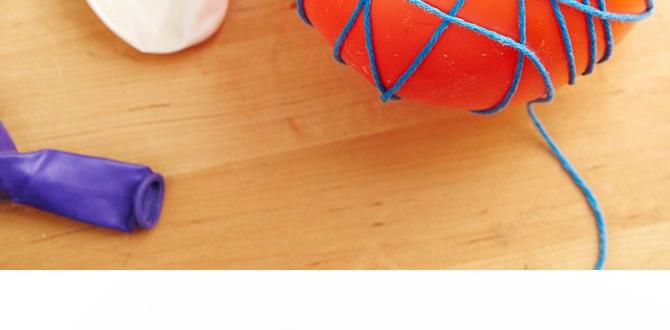
DIY Basketball Court: Score Big with These Tips!
Creating a DIY basketball court can be fun and rewarding. Imagine shooting hoops right in your backyard! Start by choosing a flat area. Consider your budget and materials carefully. You can use concrete or a portable hoop for easy setup. Did you know that customizing your court with bright colors can make it more exciting? Including a three-point line adds a professional touch. Get ready to invite your friends for games and enjoy the summer outdoors!Choosing the Right Location
Assessing available space in your yard. Evaluating the ground surface and drainage options.Finding the right spot in your yard for your DIY basketball court is key. Look for a flat area with plenty of space—like a giant, empty canvas waiting for your masterpiece! Check the ground surface too. A smooth surface is best for basketball moves, while uneven ground can turn your slam dunks into epic fails. Don’t forget about drainage; nobody likes puddles on the court. A well-drained court keeps the action going strong!
| Factor | Importance |
|---|---|
| Space | More room means more fun! |
| Surface | Smooth = Slam dunk! |
| Drainage | No puddles, all play! |
Determining Court Dimensions
Standard basketball court sizes for different ages. Customizing dimensions for personal needs.Building your own basketball court brings excitement! First, let’s look at standard sizes. For kids aged 8 to 12, a court of **74 feet long and 42 feet wide** works great. Teenagers can use a full court measuring **94 feet by 50 feet**. But hey, if you want something unique, feel free to customize! Maybe you prefer a mini court in your backyard, so add a few feet here and there. Remember, the best court is one where you can shoot hoops and still have room for a snack break!
| Age Group | Standard Court Size |
|---|---|
| 8-12 years | 74 ft x 42 ft |
| Teens (13+) | 94 ft x 50 ft |
Materials Needed for Construction
List of essential materials for flooring and markings. Recommended tools for DIY court building.Building your own basketball court is exciting! First, you need the right materials. Here’s a handy list:
| Material | Purpose |
|---|---|
| Wood or Tiles | Flooring |
| Paint | Markings |
| Net | Hoop accessory |
For tools, gather a saw, measuring tape, and drill. A level is key, too! Nothing feels better than sinking a basket on a court you built yourself. So grab your tools and let the fun begin—just don’t forget to check if your neighbor has a spare hoop to lend!
Planning the Court Layout
How to design the court layout and orientation. Using chalk or string for accurate measurements.Designing your basketball court is an exciting part of the DIY process! Start by choosing a flat area in your yard. This will be the perfect spot to dribble and shoot. Use chalk or string to mark the boundaries. It’s like playing hopscotch, but with a basketball twist! Make sure your court faces north or south to avoid glare from the sun. Trust me, squinting while shooting isn’t fun!
| Orientation | Reason |
|---|---|
| North-South | Reduces sun glare |
| East-West | More glare during playtime |
With accurate measurements and a great layout, you’ll be ready to score big!
Preparing the Ground Surface
Steps for clearing and leveling the ground. Tips for enhancing drainage and stability.Begin by clearing the area where your court will go. Remove all grass, rocks, and debris. This makes the ground smooth. Next, level the surface. You can use a rake for this job. If you notice low spots, fill them with dirt. Good drainage is important. To keep water from pooling, consider these tips:
- Make the ground slightly sloped away from the court.
- Add gravel under the surface to improve drainage.
- Pack down the soil to increase stability.
Doing these steps will help your court last longer and stay fun to play on!
How can I improve drainage on my DIY basketball court?
You can enhance drainage by sloping the ground away from the court. This ensures water flows away. Add gravel under the surface for better drainage. Make sure to pack the soil well to prevent sinking!
Building the Court Surface
Options for surface materials (asphalt, concrete, etc.). Installation techniques for a durable finish.Choosing the right surface for your basketball court is key. Options include asphalt and concrete. Asphalt is cheaper and easier to fix. Concrete, however, lasts longer and feels smoother when you dribble. To keep your court strong, proper installation is a must. Make sure to level the ground first. Adding a solid layer of gravel is like giving your court a cozy bed. With a little effort, your court can be fun and durable!
| Material | Pros | Cons |
|---|---|---|
| Asphalt | Lower cost, easy repairs | Slightly less durable |
| Concrete | Long-lasting, smooth feel | More expensive, hard to repair |
Adding Court Markings and Features
Importance of accurate markings for gameplay. Optional features like hoops, lights, and benches.Clear markings on your basketball court are key to great games. They help players know where to shoot, pass, and play defense. Imagine playing without lines—it would be like trying to eat spaghetti with a spoon! Optional features spice things up too. Adding hoops gives a target. Lights mean late-night games, and benches are perfect for taking a breather. Let’s enjoy the game with style!
| Feature | Importance |
|---|---|
| Accurate Markings | Guides gameplay and enhances accuracy. |
| Hoops | Essential for scoring and challenges. |
| Lights | Enable evening play and fun! |
| Benches | Great for resting and hanging out. |
Maintenance Tips for Longevity
Routine care for different court surfaces. Common issues and how to address them.To keep your basketball court in top shape, regular care is key. For different surfaces, like asphalt or concrete, the maintenance might vary. Regularly clean the court to remove dirt and debris. Check for cracks or damage and fix them quickly to prevent bigger issues. Here are some tips:
- Inspect the surface monthly.
- Clean spills and stains immediately.
- Fill cracks with sealant.
- Avoid using heavy equipment.
Proper care helps your court last for years. A well-maintained court offers a better playing experience and keeps you safe.
How do you fix common issues on a basketball court?
Fix small cracks with sealant and clean any stains quickly. For larger problems, consult a professional for repairs. Regular check-ups can save you time and money.
Budget Considerations for Your DIY Project
Estimating costs for materials and labor. Tips to save money without compromising quality.Building your own basketball court can be a slam dunk for your wallet! First, estimate costs for materials like wood, concrete, and paint. For labor, consider who can lend a hand. Maybe your friend who thinks they’re a master builder? To save some cash, check out local discounts or used materials. Remember, you want quality, not a court that looks like it was built by clumsy raccoons!
| Item | Estimated Cost |
|---|---|
| Wood | $500 |
| Concrete | $800 |
| Paint | $200 |
| Labor | Friends’ Help: Priceless! |
With smart planning and those nifty tools, your court will be ready before you can say “three-point shot!”
Conclusion
In conclusion, building a DIY basketball court can be fun and rewarding. You can design it your way and choose the materials you like. Remember to measure your space and plan carefully. Get started today, and you’ll have a great spot for practice and play. For more tips and ideas, check out our other articles!FAQs
Sure! Here Are Five Related Questions On The Topic Of Building A Diy Basketball Court:Sure! To build a DIY basketball court, first, you need a flat space in your yard. You can use a smooth surface like concrete or wood. Then, mark the court lines using chalk or paint. Make sure you have a basketball hoop at one end. Finally, invite your friends to play with you!
Sure! Please provide the question you’d like me to answer.
What Are The Essential Materials Needed To Construct A Home Basketball Court?To build a home basketball court, you need a few important things. First, get good flooring, like concrete or wood. Next, you need a hoop and backboard to shoot at. Don’t forget paint to mark the lines on the court. Lastly, have some space to play, like a big backyard or driveway!
How Do You Determine The Best Location And Dimensions For Your Diy Basketball Court?To find the best place for your DIY basketball court, look for a flat area in your yard. Make sure there are no big trees or rocks nearby. For size, a good court is usually about 30 feet by 50 feet. Measure the space you have to make sure it fits. Remember, it should be fun to play on!
What Are Some Effective Surface Options For A Diy Basketball Court, And What Are Their Pros And Cons?You can use a few good surfaces for a DIY basketball court. One option is asphalt. It’s cheap and goes down hard, but it can crack over time. Another choice is concrete. It lasts a long time and is smooth, but it’s more expensive and can be cold in winter. Lastly, you could use tile or rubber flooring. These are softer and bouncy, but they might wear out faster.
How Can I Ensure Proper Drainage And Maintenance For My Basketball Court Once It’S Built?To keep your basketball court in good shape, make sure the ground slopes slightly away from the court. This helps water run off easily. Regularly clean the surface to remove dirt and leaves. Check for cracks or holes and fix them right away. This way, your court will stay fun to use!
What Additional Features (Like Lighting Or Hoop Height Adjustment) Can Enhance My Diy Basketball Court Experience?To make your DIY basketball court even more fun, you can add lights. This lets you play at night. Adjusting the hoop height is also great. You can make it higher for older players and lower for younger ones. Putting up some benches will give you a place to rest between games.
